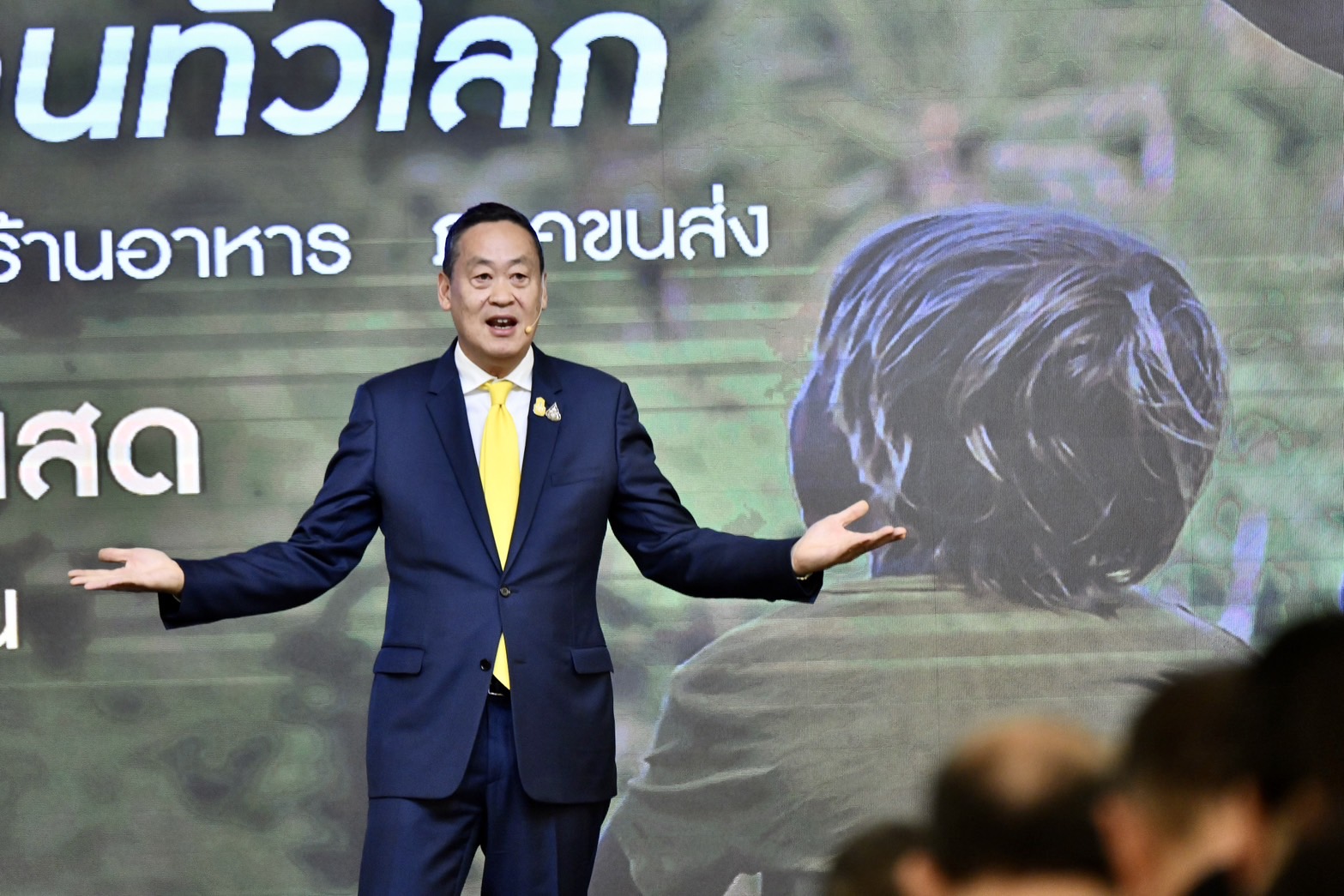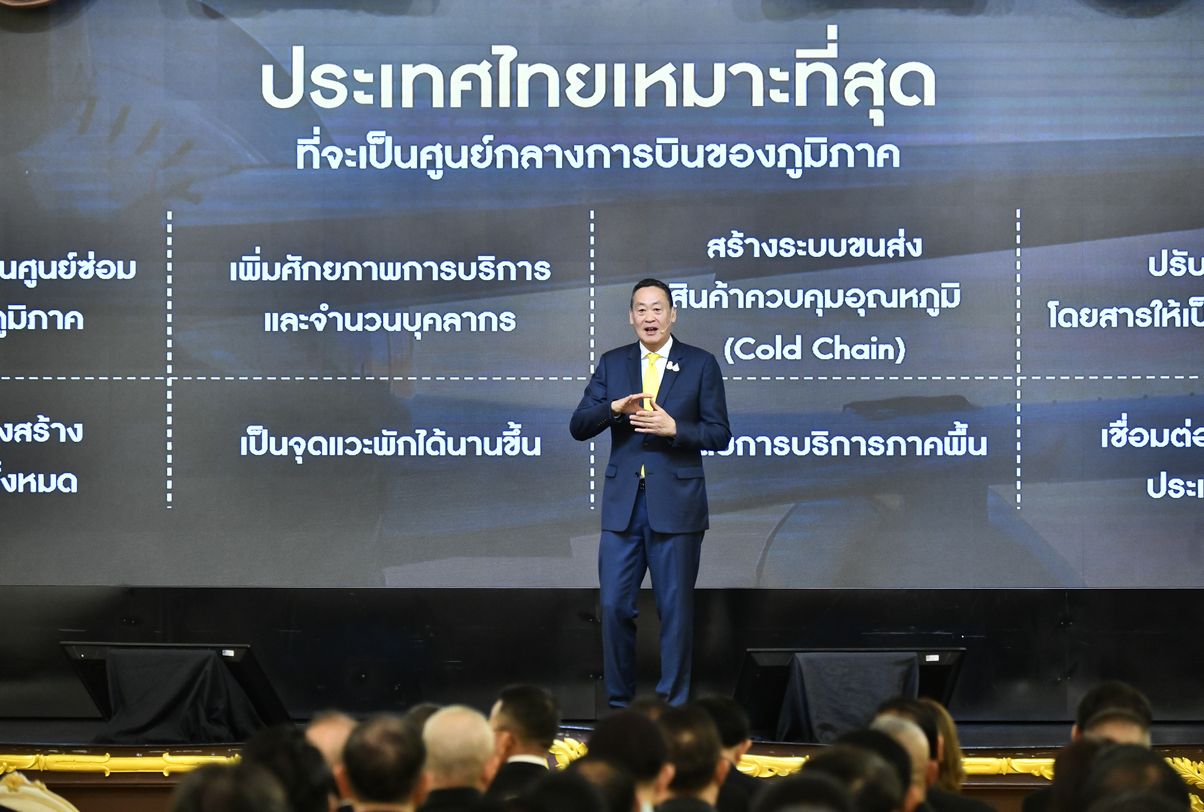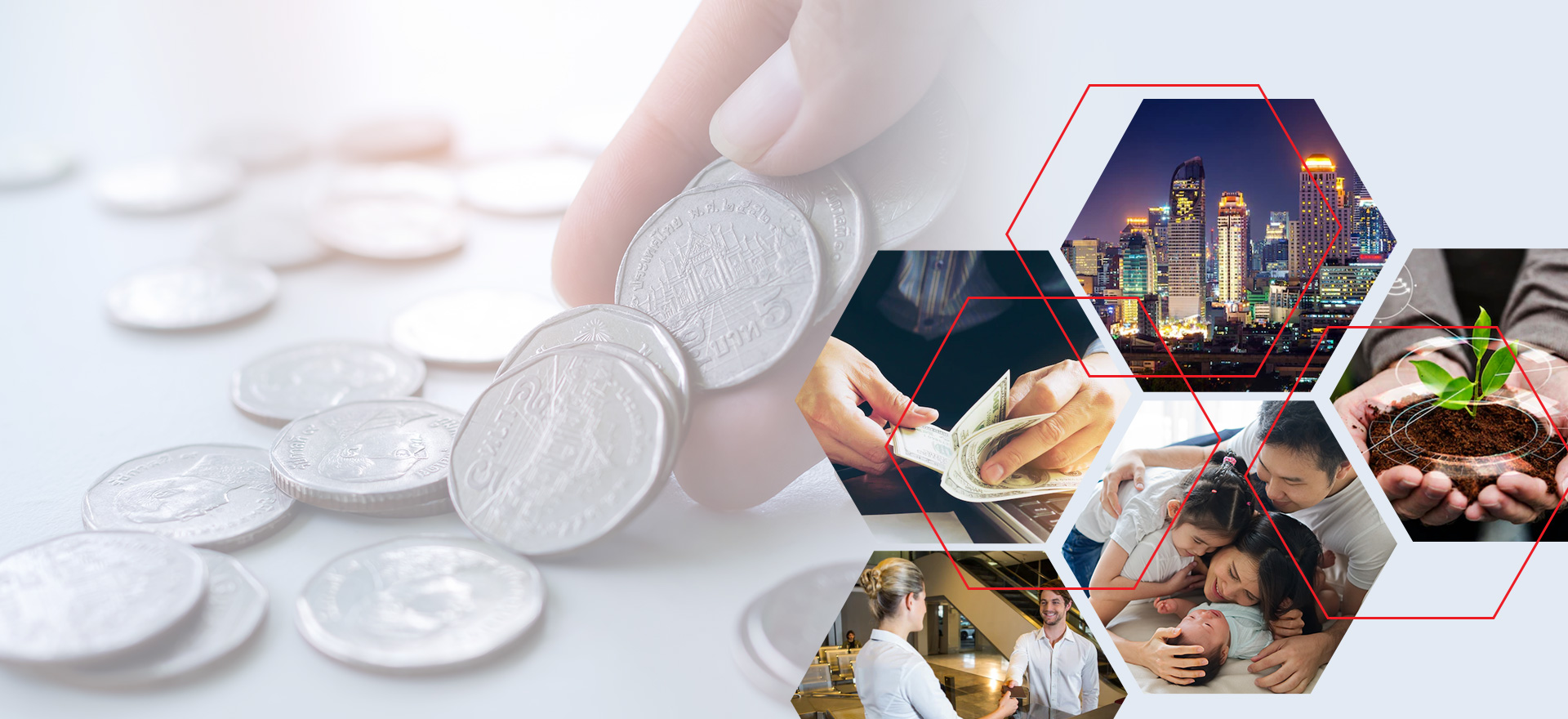Thailand’s Vision 2030
Thailand’s Vision 2030
Editorial staff
Thai government vows to drive eight missions to boost the economy

Prime Minister Srettha Thavisin has unveiled Thailand Vision 2030 with a commitment to boost Thailand as a global industrial hub, driving the economy towards a sustainable future, including tourism, wellness & medical, food, aviation, future automotive manufacturing, technology, and finance.
“The implementing eight missions, Thailand will step onto the central stage of the region, leveraging the advantageous factors that nurture our country, including natural resources, tourist attractions, year-round warm climate, primed infrastructure, and, and potential of the Thai people,” he said.
The first vision is the goal to become a tourism hub. Despite Thailand being the world's 50th largest country, it holds the eighth place for world's tourist destinations. The tourism industry generates income for over one third of the Thai population, and it is estimated to have an economic value of over 2.3 trillion baht, or about 70% of the annual expenditure budget.
The government will unceasingly promote Thai soft power, Thailand's life and soul, to be in the spotlight worldwide in terms of culture, festivals, concerts, films, arts, food, and notably, sports and martial arts, which are the identities of the Thai people.
The government will promote some provinces to be world’s heritage, for instance, Nan province which will be promoted as a twin city to Luang Phrabang, Laos while the flight connecting between two cities will be arranged in order to attract foreign visitors between two countries.
He said the government would support regional transportation, facilitate tourists, remove all travel restrictions and concerns by granting free visas to several countries
“After this, tourism in Thailand must be promoted and enhanced in all aspects, across every province, including both primary and secondary cities. Additionally, regulations that hinder tourism, such as service hours, sale of alcoholic beverages, and tax adjustments for events or competitions, will be amended, while support for homestays for global visitors will be provided. Each local agency must promote nature, history, culture, and lifestyles as selling points.”
Moreover, the government will relax regulations to attract global events like concerts, movies, and art exhibitions to Thailand. These efforts will increase revenue for leading hotels, Thai accommodations, restaurants, local specialties, and agricultural products.
The second vision is Wellness & Medical Hub. The government will propel the healthcare industry to become a global holistic healthcare center.
According to 2023 data, it was found that health tourism generated revenue of over 40 billion baht. Additionally, the government is proceeding to develop Thailand's healthcare system by expanding universal healthcare coverage from 30 baht for any disease to 30 baht anywhere.
“This initiative will enhance healthcare service accessibility for Thai people, both in government hospitals and private facilities. The utilization of AI will link databases across all 77 provinces with just one national identification card, a system which has recently been implemented in four provinces and is expected to be completed nationwide by the end of this year.”
Furthermore, the government will increase the number of doctors and nurses to meet public demands, as well as promoting Thai traditional medicine, Thai massage, Thai spas, and herbal medicine.
The third vision is Agriculture Food Hub. The government aims to elevate Thailand's agricultural industry to support global food security under the concept ‘Fish in the water, rice in the fields, money in the pocket,’ representing Thailand’s abundance.
The government will intervene to elevate agriculture, promote Thai farmers to triple their income within 4 years of this administration. It will ensure the fertility of land, water, crop varieties, livestock, and fish species. Irrigation areas will be expanded to cover 40 million acres.
According to data from the United Nations Population Division, it is projected that by the year 2050, the global population will reach nearly 10 billion people, which is almost 2 billion more than the current population. With the increase in population, there will be a greater demand for food.

The fourth vision is aviation hub, the government aims to develop infrastructure and enhance transportation systems both domestically and internationally.
He said the government will also improve infrastructure such as runways, control towers, warehouses, and establish a controlled temperature cargo transportation system (Cold Chain). The details of upgrading of aviation hub will be announced on March 1.
The fifth vision is logistic hub. The government plans to develop infrastructure to enhance transportation capacity both domestically and internationally. This includes upgrading airports and expanding both main and secondary roads. By 2050, motorway will be expanded tenfold from its current 250 kilometers to nearly 2,500 kilometers, and the national highway system will be widened by 4 lanes, from 20,000 to 23,000 kilometers. This network will connect from the northern border adjacent to Myanmar to the Thai-Malaysian border.
In terms of rail systems, dual-track railways will be developed, extending an additional 2,000 kilometers, making the total rail network within cities reach 5,500 kilometers by 2030.
The mass transit systems in both Bangkok and regions will increase by 2.5 times, covering nearly 700 kilometers of routes. High-speed trains will link to three airports and extend to the Nong Khai border, connecting to deep-sea ports at Laem Chabang.
The sixth vision is future mobility hub, the government has set a goal to become the central hub for automotive production in the future. The aim is to attract investments of over 1 trillion baht, with discussions held with more than 10 automotive companies, resulting in commitments to invest over 150 billion baht in Thailand. This is due to the rapid growth of the economy, particularly in the automotive industry, with Japanese automotive companies choosing Thailand as their second home.
The seventh vision is digital economy hub. The government has set a goal to attract future industries in digital technology, innovation, and AI to expand businesses in Thailand, particularly in high-tech technologies. This includes investing in semiconductor manufacturing plants, establishing data centers to support cloud computing, conducting research and implementing AI applications in Thailand, as well as attracting Deep Tech companies to Thailand through a Sandbox model.
The government will provide a matching fund to provide additional capital to promising companies.
The last vision is financial hub. The government aims to transform Thailand into the financial center of Southeast Asia by establishing a robust financial system, attracting globally renowned financial institutions to invest, creating a Wall Street financial neighborhood in ASEAN, and developing infrastructure to support the future financial system powered by blockchain technology without intermediaries.
Additionally, the government plans to unlock various digital assets to be utilized as tangible assets in the real world and facilitate the connection between current-world assets and the digital realm, the government will initiate the development of a sustainable Carbon Credit Trading financial system.
22 February 2024
Viewed 181 time
 EN
EN 




